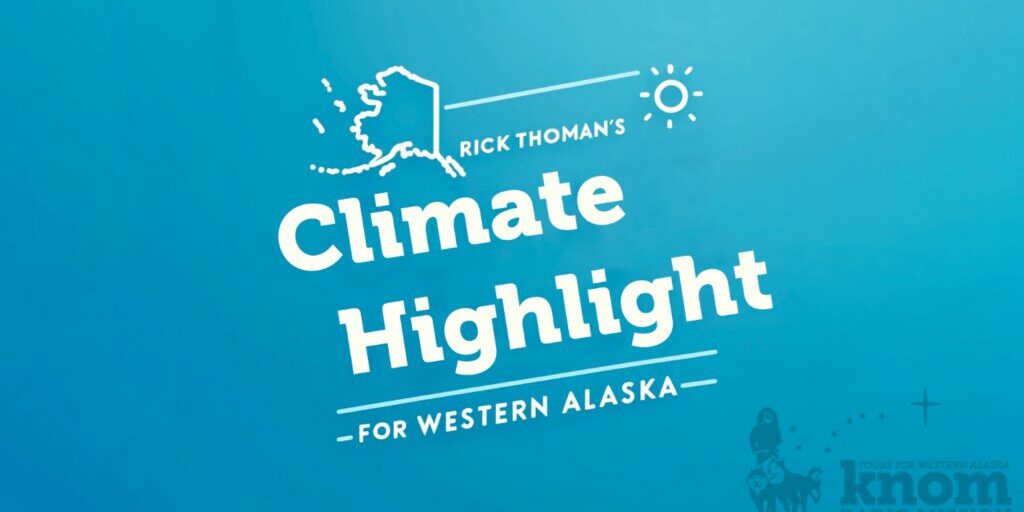The following is a transcript from Rick Thoman’s weekly “Climate Highlight for Western Alaska” provided to KNOM Radio. Thoman is a Climate Specialist with the Alaska Center for Climate Assessment and Policy at the University of Alaska Fairbanks.
NOAA recently issued the 2024 Hurricane Outlook for the Atlantic and eastern Pacific. For the Atlantic it shows a very high chance for an active season. There are two main reasons for this, one ocean surface temperatures are at or near record high levels in the tropical and subtropical north Atlantic. And secondly, a transition from El Niño to La Niña is expected over the summer, and that historically favors an active Atlantic hurricane season.
Now what does this mean for the western Pacific and Alaska? Conditions are quite different in the western Pacific, where La Niña tends to reduce the number of typhoons west of the dateline. Sea surface temperatures north of the equator in the western Pacific are plenty warm enough to allow for typhoon development. But in the subtropics of the Central Pacific, where Typhoon Merbok formed in 2022, ocean temperatures are a bit below normal.
The main track for typhoons to take to Alaska is from east of Japan, north eastward into the western Bering Sea, but sometimes the track is farther east, and can spawn significant storms that impact western Alaska.




